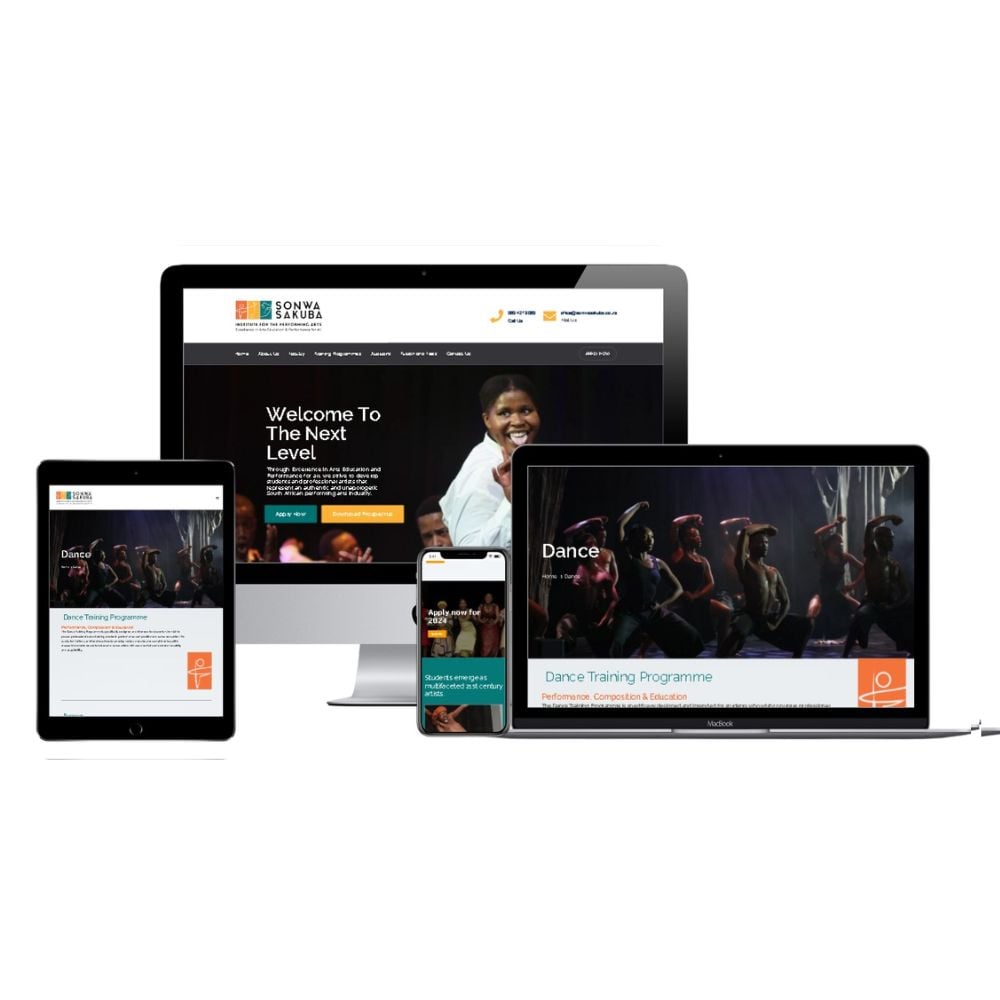The Impact of Website Design on Your Site's Search Engine Rankings
The Impact of Website Design on Your Site's Search Engine Rankings
Blog Article
The Ultimate Overview to Modern Internet Site Design Trends
In the ever-evolving digital landscape, modern-day website design patterns play a critical role in shaping individual experience and engagement. From the surge of minimalist layout concepts that prioritize simplicity to the effect of vibrant typography in defining brand name identity, each component contributes to a natural on the internet existence.
Minimalist Layout Principles
Minimalist layout concepts stress the concept that much less is a lot more, promoting for simpleness and capability in visual communication. This strategy strips away unneeded aspects, concentrating rather on necessary components that share the intended message effectively. By prioritizing clearness, minimal layout improves individual experience, allowing visitors to browse sites easily.
Core tenets of minimal design include making use of sufficient white room, which creates a feeling of equilibrium and organization. This negative room not just routes the viewer's attention to crucial elements but also cultivates a relaxing visual ambience. Additionally, a limited shade palette is frequently utilized, making use of monochromatic schemes or soft colors to preserve visual cohesion and stop overwhelming the individual.
Typography plays a crucial duty in minimalist style, where clear font styles are picked for their simpleness and performance in communicating web content. Pictures and graphics are conserved, making certain that they serve an objective instead than sidetrack from the overall message. Ultimately, minimal design concepts grow a concentrated atmosphere that urges customers to engage with the content, boosting the general effectiveness of contemporary site layout. This trend reflects an expanding admiration for thoughtful, user-centric aesthetics in electronic areas.
Vibrant Typography Choices
Accepting bold typography options has actually ended up being a defining attribute of modern-day web site layout, as it successfully records focus and conveys solid messaging. Designers are progressively using typography not merely as a practical aspect but as a crucial aesthetic element that boosts the general visual and user experience.

In addition, the association of vibrant typography with minimalist design principles permits for striking contrasts, enhancing readability while keeping aesthetic allure. The use of whitespace around strong message even more emphasizes its significance, guaranteeing that the message resonates with the target market.
As digital landscapes come to be much more competitive, leveraging vibrant typography allows brands to distinguish themselves and leave a long-term impact. The cautious choice of typefaces and their application can stimulate emotions, develop tone, and drive action, making strong typography a crucial tool in modern website design. Eventually, it is a powerful means to enhance narration and make sure that crucial messages are not only seen but also felt.
Mobile-first and responsive Style
Mobile-first and responsive style has arised as an important concept in contemporary site advancement, showing the enhancing dependence on mobile phones for accessing on the internet content. As individual habits changes towards mobile surfing, developers should focus on developing experiences that adapt perfectly across different screen sizes and resolutions.
A this contact form receptive style ensures that a website immediately changes its format, pictures, and performance based upon the tool being made use of. This approach improves user experience by giving regular navigation and readability, irrespective of whether the site visitor is on a tablet computer, smart device, or desktop computer computer system. In addition, mobile-first layout supporters for developing sites at first for smaller sized screens, subsequently scaling up to larger display screens. This strategy encourages a much more effective and streamlined design process, concentrating on necessary web content and functionality initially.
Applying mobile-first and responsive principles not only accommodates user choices but additionally straightens with search engine optimization (SEARCH ENGINE OPTIMIZATION) methods. Major search engines, like Google, focus on mobile-friendly sites in their rankings, making it crucial for businesses to embrace these design techniques. In a competitive electronic landscape, accepting receptive and mobile-first design is not simply an option; it is important for guaranteeing access and interaction with a diverse target market.
Involving Microinteractions
Microinteractions play a pivotal duty in boosting user interaction and general site experience, especially in the context of receptive and mobile-first style. These refined layout components provide instant responses to users, making interactions much more enjoyable and user-friendly. Instances consist of switch animations, notification alerts, and packing indicators, which not just guide customers yet also produce a sense of connection with the user interface.
Including appealing microinteractions can dramatically enhance use by reducing cognitive lots. When users receive acoustic or visual feedback upon doing actions, such as clicking a switch or sending a type, they really feel more confident in their selections. This fosters a smoother navigation experience, inevitably raising customer retention.

As web site style trends continue to progress, the significance of microinteractions can not be overstated. They function as the subtle yet powerful touchpoints that transform average communications into amazing experiences, consequently raising the total performance of modern-day website design.
Sustainable Website Design Practices
Sustainable website design practices are coming to be significantly vital as the electronic landscape grows and environmental worries climb. look at here Programmers and developers are recognizing their obligation to develop internet sites that not only offer individual needs but additionally minimize ecological influence. This strategy includes several vital strategies.
First of all, optimizing energy intake is vital. Websites must be made to fill promptly and successfully, which minimizes server energy usage and boosts customer experience. Strategies such as photo compression, reducing HTTP demands, and using contemporary coding methods add considerably to this objective.
Second of all, choosing eco-friendly holding service providers is essential - website design. Numerous organizing business are currently powered by renewable resource sources, enabling internet sites to run in an extra lasting way. This choice reflects a dedication to reducing carbon footprints
Additionally, embracing a minimalist style can enhance sustainability. Fewer aspects on a web page cause less information transfer, which not only accelerates packing times but additionally saves sources.
Last but not least, promoting digital access ensures that sites get to a wider audience without unneeded bloat, lining up individual experience with environmental duty. By integrating these sustainable techniques, internet developers can add favorably to click to read more both customer interaction and the planet's wellness.
Verdict
In recap, contemporary site design fads emphasize the combination of minimal concepts, vibrant typography, and responsive design to improve individual experience. Adopting these fads is vital for producing impactful electronic experiences that reverberate with users in an increasingly affordable on-line landscape.
In the ever-evolving digital landscape, modern internet site layout fads play an essential function in shaping customer experience and interaction. By focusing on clarity, minimal layout boosts customer experience, allowing site visitors to browse web sites easily.
Eventually, minimal style concepts cultivate a focused setting that encourages customers to involve with the web content, enhancing the total performance of modern-day website layout.Microinteractions play a critical function in boosting customer interaction and overall internet site experience, particularly in the context of receptive and mobile-first layout.In summary, contemporary web site layout fads stress the assimilation of minimal concepts, strong typography, and receptive style to enhance individual experience.
Report this page